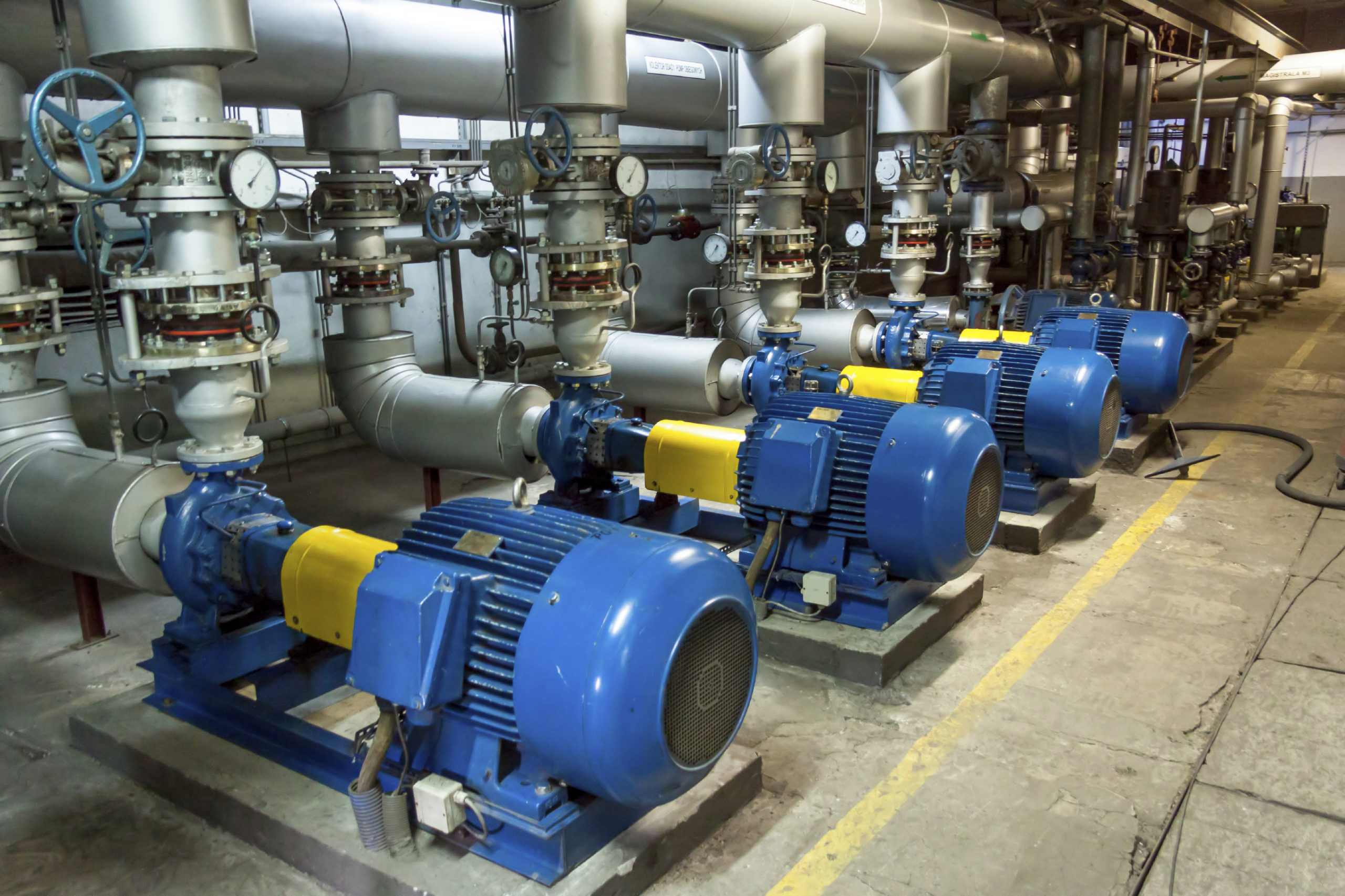
What is it?
At the end of 2015, the Department of Energy (DOE) released a final rule on new efficiency standards for commercial and industrial pumps. The standards are scheduled to go into effect in January 2020.
What is covered?
The standards cover “clean water” centrifugal pumps from 1 to 200 horsepower. Several common pump types are included in the standard: end suction, inline, and submersible. The pump types are broken down by different pump nominal speeds and whether the pumps are constant or variable flow.
How does it work?
The standard efficiency measure is based on the pump energy index (PEI), which is a ratio of the horsepower of a given pump to a baseline pump horsepower at a set of standard operating conditions. A given pump has to have a PEI of 1.00 or below to meet the standard. Since PEI is a ratio, a value below 1.00 indicates that a given pump is more efficient than baseline. The standard is set up such that the least efficient 25% of pumps on the market will not qualify for common pump types.
How is it calculated?
The horsepower for a given pump is calculated using the energy usage over a given load profile. The DOE has released a worksheet calculator to help with this calculation. The baseline pump horsepower is unique to each pump and is calculated using the specific speed, best efficiency point, and other parameters that can be adjusted such that a certain percentage of pumps on the market do not qualify. As mentioned above, for most types of pumps the parameters are set such that the bottom 25% of pumps do not meet the standard.
What are the savings?
The DOE estimates 0.29 quadrillion Btu savings nationwide over a 30 year period as a result of the standard. Savings for individual customers will depend on pump and motor size, hours of operation, loading, and controls. It should be noted that many industrial pumps that pump fluids other than clean water will be exempt from the standard.
How will this affect programs?
There will still be other standards, like ASHRAE, which outline HVAC pumping system horsepower and control requirements, and there will be industry standard practices for industrial applications. It remains to be seen how the DOE standards will fit in with these others, but they could provide another avenue for customers to make efficient equipment choices and generate energy savings as a result. For more information on pumping systems, this standard, and energy savings, click here.



